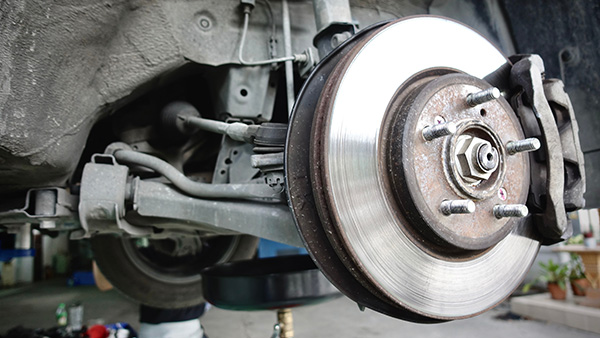
Your brakes are the most important safety feature in your car, hands down. Yet, brake maintenance is something many drivers tend to overlook until there’s a squeal, a grinding noise, or a spongy pedal. The truth is, waiting for a sign that your brakes need attention is a risky move—especially when the goal is to prevent accidents, not just stop them.
Maintaining your brakes doesn’t have to be complicated. A few key habits and timely services can go a long way in making sure your brakes are always ready when you need them most.
Don’t Rely on Warning Signs Alone
Yes, your brakes will usually give you clues when they’re wearing out—squeaking, grinding, longer stopping distances. But those sounds often mean the pads are already worn down and may be damaging the rotors. That’s not preventive maintenance—it’s reactive.
By the time you feel something unusual in the brake pedal or steering wheel, the damage may already be done. That’s why it’s important to stay on top of regular inspections rather than waiting for a problem to announce itself.
Stick to a Brake Inspection Schedule
A good rule of thumb is to have your brakes inspected at least once a year or every 12,000 miles. This allows a technician to check pad thickness, rotor condition, and caliper operation before anything starts to fail.
If you do a lot of stop-and-go driving, live in hilly areas, or tow trailers, you might need inspections more often. These conditions wear brakes faster than highway cruising.
A quality inspection includes more than just a glance at the pads—it should involve measuring wear, checking fluid levels, and making sure all components move freely.
Brake Fluid Is More Important Than You Think
Brake fluid is often overlooked during regular maintenance, but it plays a huge role in how your braking system functions. Over time, brake fluid absorbs moisture, which can lower its boiling point and reduce stopping power, especially during hard or repeated braking.
Moisture in the fluid can also corrode internal components like calipers and master cylinders. Most manufacturers recommend a brake fluid flush every 2 to 3 years, even if the fluid still looks clean. If your shop offers a quick test of brake fluid condition, don’t skip it.
Don’t Ignore Small Noises or Vibration
A light squeak or a bit of pedal vibration may seem like minor annoyances, but they’re often early signs of uneven pad wear or warped rotors. If caught early, these problems can usually be fixed with simple pad replacements or resurfacing. Wait too long, and you could be looking at complete rotor replacement or caliper damage.
Any time your brake pedal feels soft, spongy, or requires extra pressure to stop, it’s a sign that something isn’t right—whether it’s a fluid issue, air in the lines, or a worn master cylinder.
Get to Know Your Driving Style
Your braking habits have a big impact on how often you’ll need service. If you ride the brakes downhill, brake hard at the last second, or drive in heavy traffic, your pads will wear faster. Learning to coast more and apply pressure gradually can prolong brake life significantly.
If you’re heading into a steep area or know you’ll be towing a load, shift into a lower gear when possible. This reduces the load on your brakes and can prevent overheating, especially during long descents.
For reliable, honest brake service you can count on, choose DRIVE AutoCare in Solana Beach, CA. Call now to schedule your next inspection!